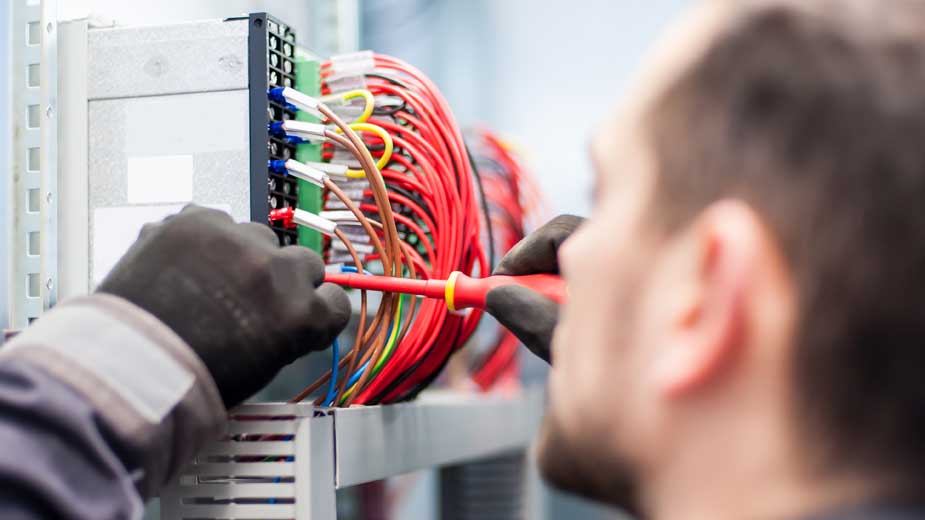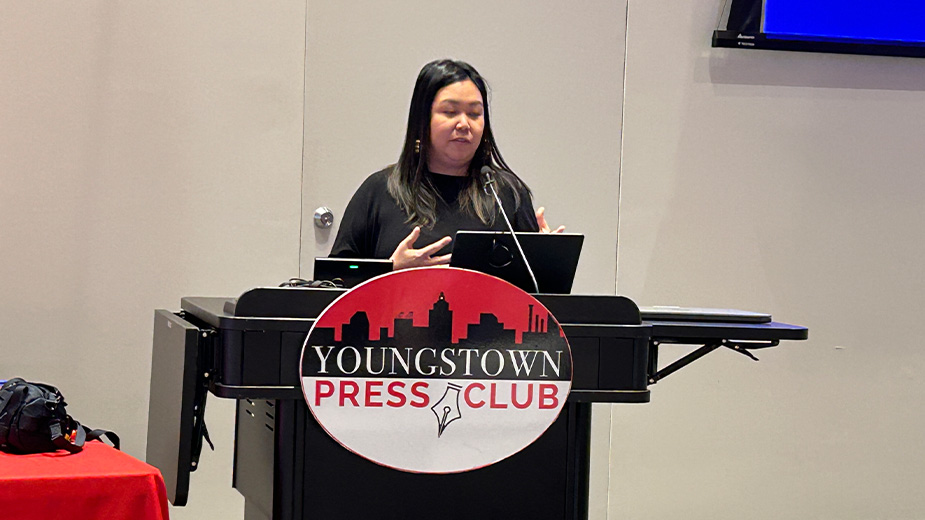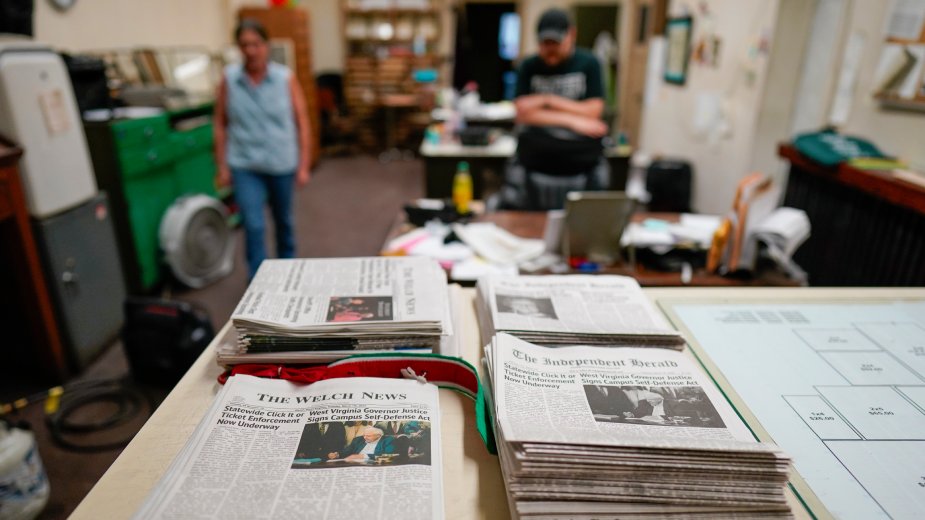Training for Electrical Workers Adjusts to Virus
YOUNGSTOWN, Ohio — Not long ago, the main challenge facing the electrician training programs sponsored by the International Brotherhood of Electrical Workers was finding candidates to become apprentices.
Now, with the coronavirus pandemic restricting how education can be delivered to students from pre-kindergarten though college, training providers have to navigate a new landscape.
“It’s been a bit of a challenge,” says Ed Emerick, training director for the Youngstown Area Electrical Joint Apprenticeship and Training Committee.
For both the Youngstown JATC, which is affiliated with IBEW Local 64, and the IBEW Local 572 JATC in Champion, online instruction has taken a growing role.
Fortunately, that was a familiar one for the IBEW locals’ training programs.
“All of the coursework, homework and everything has been done online for about the last six years anyway,” says Eric Davis, training director at the Trumbull County JATC center.
The Youngstown Joint Apprenticeship and Training Committee has been using the video-conferencing platform Zoom.
“They’ve saved us, really,” Emerick said. “By the time we would have gotten involved in a Google Classroom or some other platform, we would have missed too much school.” The 50 students in the program are now caught up to where they would normally be.
The JATC in Champion also moved into video conferencing for instruction of its 40 apprentices, Local 573’s Davis says.
“It’s going fairly well,” he reports. “There are some things that just don’t lend itself to that. There are essential elements of apprenticeship training that you need to have hands-on training, which can’t be done at home.”
Hands-on lab instruction takes place at the JATC centers in Boardman and Champion.
The shutdowns occurred after the majority of the heavy lab assignments had been completed by the current students, Emerick says.
As stay-at-home orders are eased, the plan is to begin bringing students back in small groups for hands-on training, Davis says.
“A lot of this depends on the governor and when he is going to open up a bit more of the educational side of society,” Emerick says. Some of the coursework probably will need to be made up in the fall, if possible.
The pandemic disruption comes as demand remains high for electricians.
The trade, like many of its labor brethren, is facing a shortage as journeymen retire.
“We’re getting calls from folks. We’re trying to figure out a way to do interviews and basically carry on business as normal as possible without having folks come into a meeting where there might be eight people interviewing them,” Emerick says.
“In the last couple of weeks, I have had several contractors hire apprentices,” Davis reports. Some who had been furloughed are starting to go back, “but we’ve had some new jobs start,” he says.
The potential drop in numbers doesn’t concern Emerick as much as the loss of the retirees’ experience gained over 20 to 40 years in the industry.
“That scares me the most. You can’t learn this trade in five years,” Davis says. The challenge is to figure out the number of apprentices needed to meet current demand and address “the future predicament we might be in.”
Going forward, the IBEW locals will look to the national organization and colleges for direction on the training programs, Emerick says.
Davis expects distance learning will continue in some form. Social distancing guidelines will be followed, with classes staggered and class size cut, he says. Already, face masks have been ordered for students.
“We are like a trade school. For the most part, I think we’re going to end up following the lead of universities and things like that,” Emerick continues.
Copyright 2024 The Business Journal, Youngstown, Ohio.



